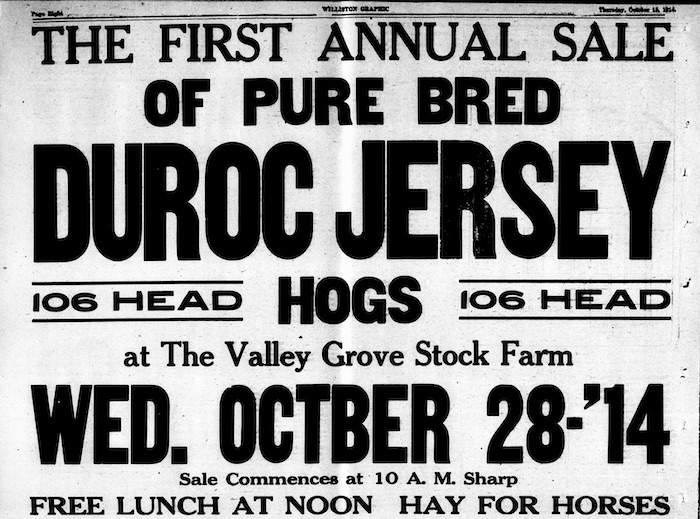After a three-month hiatus, the Hedgehog and the Fox is back with a new spring season. To get it under way, in this latest podcast we explore the role of pigs and pork in shaping American history, in the company of historian Joseph Anderson, who told me:
Swine, like so many species, are very opportunistic and they are able to exploit a niche. That was one of the things that made them such a great source of calories for thousands of years. When you put them in an estuary, or you put them in hill country, or in a forest or savannah, they will find a way [to thrive]. They’re incredibly tough, so terribly fast, and they’re able to exploit lots of different ecosystems. It makes them great colonizers.

In his book, Capitalist Pigs, Joe reproduces a humorous map of the United States from 1876 entitled a ‘Porcineograph’, in which the outline of the entire country has been lightly tweaked to take on the appearance of a pig: snout to the east, tail to the west, Florida a fore trotter, Baja California co-opted as a rear one.
The legend on the map listed pork dishes associated with each region: ham sandwiches in California, salt pork in Arkansas, scrapple in Pennsylvania, pickled trotters (appropriately enough) in Florida. ‘The message’, Joe writes, ‘was simple. Swine and pork were omnipresent from coast to coast.’

How pork came to be ‘the meat that built the nation’ is the theme of Joe’s book, and also of our conversation. He writes, ‘Bacon was the most commonly consumed meat on the Oregon and California Trails. Immigrant Helen Carpenter complained about the monotony of overland trail food:
“About the only change we have from bread and bacon is to bacon and bread.”
‘Authors of guidebooks for overland immigrants advised packing 25 to 75 lbs of bacon per person for the 110-day trek, which meant as much as over half a pound per day.
‘Pork fuelled the gold rushes, the logging frontier, military posts, and the canal and railroad boom across the continent.’
It also fed the enslaved people of the American south, their calorie intake carefully calculated to maximize productivity without enabling dissent.
